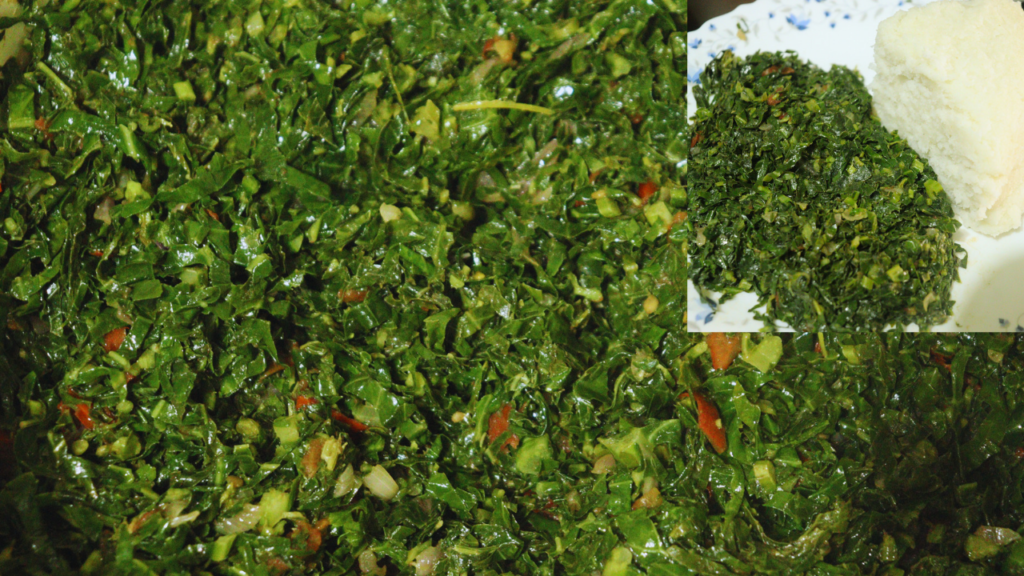Sukuma wiki or Collard Greens happens to be one of the vegetables in our country that is nutritious as well as affordable.
Actually, Sukuma wiki is a Swahili name that means “push the week.” That is to say, even on a very tight budget, one can at least survive with Sukuma wiki, and ugali, a staple food in our country.
Sukuma wiki can also grow in your kitchen garden and thrive on your balcony in a sack of soil. This makes it readily available when you need it.
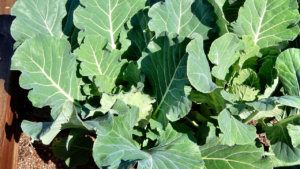
Its maturing period from planting to when you can begin to enjoy its leaves is a mere two or so months.
It is often bountiful in the market and more often than not, cheaper than the other vegetable on display.
This healthful vegetable is rich in vitamins C and A, and many other nourishing benefits that we may not be able to mention here without making this post too long!
Terere or Amaranthus on the other hand is equally nutritious, rich in antioxidants as well as vitamin C and other useful nutrients, and one that pairs off very well with Sukuma wiki.
Not only does it soften your Sukuma wiki, but when combined it gives your Sukuma wiki a unique pleasant taste than when you cooked each separately.
In certain areas such as where I come from, Terere grows very abundantly. You only need to have planted Amaranthus in your garden once, allowing the Amaranthus to produce seeds and you’ll probably not be able to get rid of it easily.
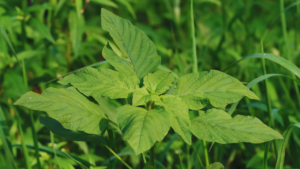
Every rainy season, you’ll have an abundant supply of Terere.
To get all the goodness of this vegetable, I’m sharing how I prepare my Terere and Sukuma Wiki from scratch, and without overcooking.
Let’s begin:
INGREDIENTS
- Sukuma wiki – I worked with 2 handfuls when cutting
- Terere – I worked with 1 handful when cutting
- 1 large onion – diced into small pieces
- 2 large tomatoes – diced into small pieces
- Salad oil to fry – About 8 to 10 tablespoons or as preferred
- Salt to taste
*I work with a ratio of 2-parts Sukuma wiki to 1-part Terere for best results.
Instruction
Step One:
- Begin by thoroughly washing the vegetables.
- Get rid of the firmer harder part of the stem of the collard greens, leaving the part of the stem that is connected to the leaves. It will soften as you cook.
- For the Amaranthus, you will cut off most of the stem, leaving about 2 to 3 inches of the stem. That part, together with the leaves on it, will soften as you cook. Ensure though not to get rid of the leaves on the stems you are discarding unless they are yellowing. Pick them off the stems and add them to your vegetables.
- Cut all the vegetables with a sharp knife into small pieces, ensuring to slice the pieces up to ensure the collard greens are not forming long strips of vegetables that can be uncomfortable to scoop and eat.
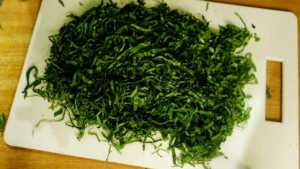
Step Two:
- In a suitable pan, add the salad oil, place on the fire on your stove, and let the oil get hot, not too hot though.
- Add in the onion and fry to a light golden color.
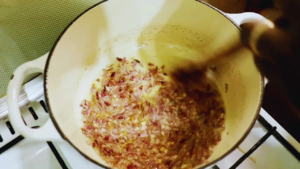
- Add in the tomatoes and stir the mixture until all the ingredients are evenly mixed.
- Cover, slightly lower the heat and let the mixture simmer for about 2 to 3 minutes for the tomatoes to get tender.
- Uncover and stir the mixture. You’ll notice the tomatoes are breaking down and beginning to form a puree.
- Add the salt, stir, then cover for another 2 or so minutes.
Step Three:
- Uncover and give the mixture a final stir so the tomatoes can break down even more.

- Begin to add in the vegetables. I like to do it in 2 batches unless I’ve used a really big pan to stew them. Stir in the first batch for 1 or 2 minutes, stirring the vegetables into the puree. As the vegetable cooks, it will reduce in size.
- Add in the remaining vegetables. Stir until all the ingredients are evenly mixed.
- Cover and allow the mixture to cook for about 3 minutes.
Step Four:
Uncover, give the vegetables a good stir and cover again. Let the vegetables cook covered another 3 minutes.
After 3 minutes, the vegetables are ready. I like to give them a final stir for another minute before switching off the stove.
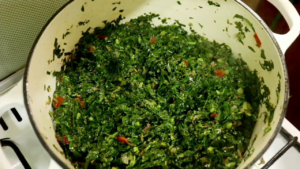
We love to serve our Sukuma wiki and Terere hot with ugali.

